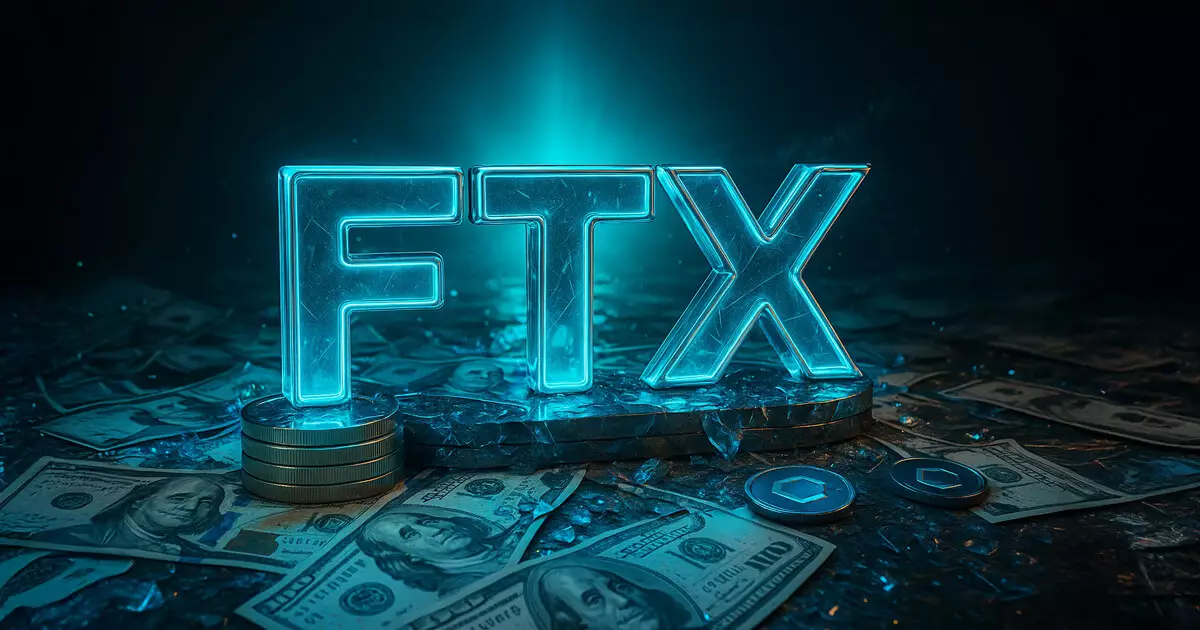The recent decision by the FTX Recovery Trust to distribute over $5 billion in stablecoins stands as a pivotal moment for the beleaguered crypto market. This injection of liquidity is paramount; without liquidity, markets can stagnate, diminishing trading activity and asset flows. The potential for shifting trading behaviors cannot be underestimated. The influx will allow affected creditors—a varied group comprising institutional lenders and retail customers—to reinvest more readily into the market. The ease with which stablecoins can be used for transactions and investments underscores their critical role in facilitating faster reactions from investors who have been sidelined by uncertainty in the aftermath of the FTX collapse.
Claim Distribution and Recovery Rates
The mechanics of recovery are complex yet telling. The fact that institutional claimants will see recovery rates of up to 72% while general unsecured creditors receive only 54% raises intriguing questions about fairness and the landscape of crypto asset recovery. Those categorized as “convenience claims” are particularly fortunate, with a recovery exceeding 100%, a stark contrast to the typical grim reality of bankruptcies. This uneven distribution hints at a systemic issue within the crypto ecosystem, where larger players have historically benefited from a greater share of any potential recovery. While this allocation may assist some in regaining their footing, it raises ethical concerns about equitable treatment in future recoveries.
Stablecoins: A Double-Edged Sword
The decision to issue repayments strictly in stablecoins offers both advantages and disadvantages. On one hand, stablecoins provide a reliable currency for transactions in a volatile market, ideally encouraging immediate reinvestment without the hassles of converting crypto to cash. On the other, relying solely on stablecoins in such a chaotic market may overlook the nuanced needs of diverse investors. Stability is welcomed, but should the crypto landscape experience another significant downturn, investors holding only stablecoins may find themselves ill-prepared for a rebound. Therefore, while it’s a strategic move, it’s not without its risks.
Market Environment: A Silver Lining?
Market sentiment appears relatively optimistic compared to the subdued atmosphere that characterized earlier parts of 2023. With Bitcoin reaching new record highs and a resurgence in institutional interest, one might argue that the stars are finally aligning. Recent bipartisan legislative efforts for clearer regulatory guidance signal a maturation of the landscape, potentially paving the way for greater adoption. However, whether these developments will attract a significant influx of capital remains to be seen. Investors are often skittish and do not easily enter markets characterized by wild fluctuations or regulatory uncertainty.
Will the FTX Recovery Change the Game?
Ultimately, whether this monumental recovery effort will meaningfully change the game for crypto assets hinges on broader market dynamics and retail investor sentiment. Traditional fiat-bound investors may still view the crypto space with skepticism. Still, if institutional claimants return to the market with renewed confidence and allocate their recovered resources wisely, it could serve as a catalyst for a resurgence in trading activity. The FTX saga has drawn attention to the need for robust regulations and strengthened trust among investors, and this recovery effort could be a Gibbs receptor for vital change.

